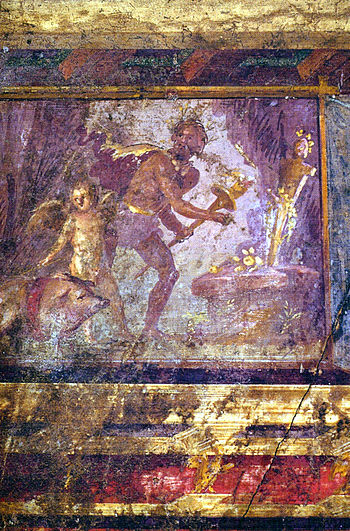It seems as though many Americans are living a life that leads to high blood pressure or hypertension. As people age, the situation gets worse. Nearly half of all older Americans have hypertension. This disease makes people five times more prone to strokes, three times more likely to have a heart attack, and two to three times more likely to experience a heart failure.
The problem with this disease is that nearly one third of the folks who have hypertension do not know it because they never feel any direct pain. But overtime the force of that pressure damages the inside surface of your blood vessels.
However, according to experts, hypertension is not predestined. Reducing salt intake, adopting a desirable dietary pattern losing weight and exercising can all help prevent hypertension.
Obviously, quitting bad habits and eating a low fat diet will help, but the most significant part that you can do is to exercise. And just as exercise strengthens and improves limb muscles, it also enhances the health of the heart muscles.
Heart and Exercise
The exercise stimulates the development of new connections between the impaired and the nearly normal blood vessels, so people who exercise had a better blood supply to all the muscle tissue of the heart.
The human heart basically, supply blood to an area of the heart damaged in a “myocardial infarction.” A heart attack is a condition, in which, the myocardium or the heart muscle does not get enough oxygen and other nutrients and so it begins to die.
For this reason and after a series of careful considerations, some researchers have observed that exercise can stimulate the development of these life saving detours in the heart. One study further showed that moderate exercise several times a week is more effective in building up these auxiliary pathways than extremely vigorous exercise done twice as often.
Such information has led some people to think of exercise as a panacea for heart disorders, a fail-safe protection against hypertension or death. That is not so. Even marathon runners that have suffered hypertension, and exercise cannot overcome combination of other risk factor.
What Causes Hypertension?
Sometimes abnormalities of the kidney are responsible. There is also a study wherein the researchers identified more common contributing factors such as heredity, obesity, and lack of physical activity. And so, what can be done to lower blood pressure and avoid the risk of developing hypertension? Again, exercise seems to be just what the doctor might order.
If you think that is what he will do, then, try to contemplate on this list and find some ways how you can incorporate these things into your lifestyle and start to live a life free from the possibilities of developing hypertension. But before you start following the systematic instructions, it would be better to review them first before getting into action.
1. See your doctor
Check with your doctor before beginning an exercise program. If you make any significant changes in your level of physical activity — particularly if those changes could make large and sudden demands on your circulatory system — check with your doctors again.
2. Take it slow
Start at a low, comfortable level of exertion and progress gradually. The program is designed in two stages to allow for a progressive increase in activity.
3. Know your limit
Determine your safety limit for exertion. Use some clues such as sleep problems or fatigue the day after a workout to check on whether you are overdoing it. Once identified, stay within it. Over-exercising is both dangerous and unnecessary.
4. Exercise regularly
You need to work out a minimum of three times a week and a maximum of five times a week to get the most benefit. Once you are in peak condition, a single workout a week can maintain the muscular benefits. However, cardiovascular fitness requires more frequent activity.
5. Exercise at a rate within your capacity
The optimum benefits for older exercisers are produced by exercise at 40% to 60% of capacity.
Indeed, weight loss through exercise is an excellent starting point if you wan tot prevent hypertension. Experts say that being overweight is linked to an increased risk of developing hypertension, and losing weight decreases the risk.

















